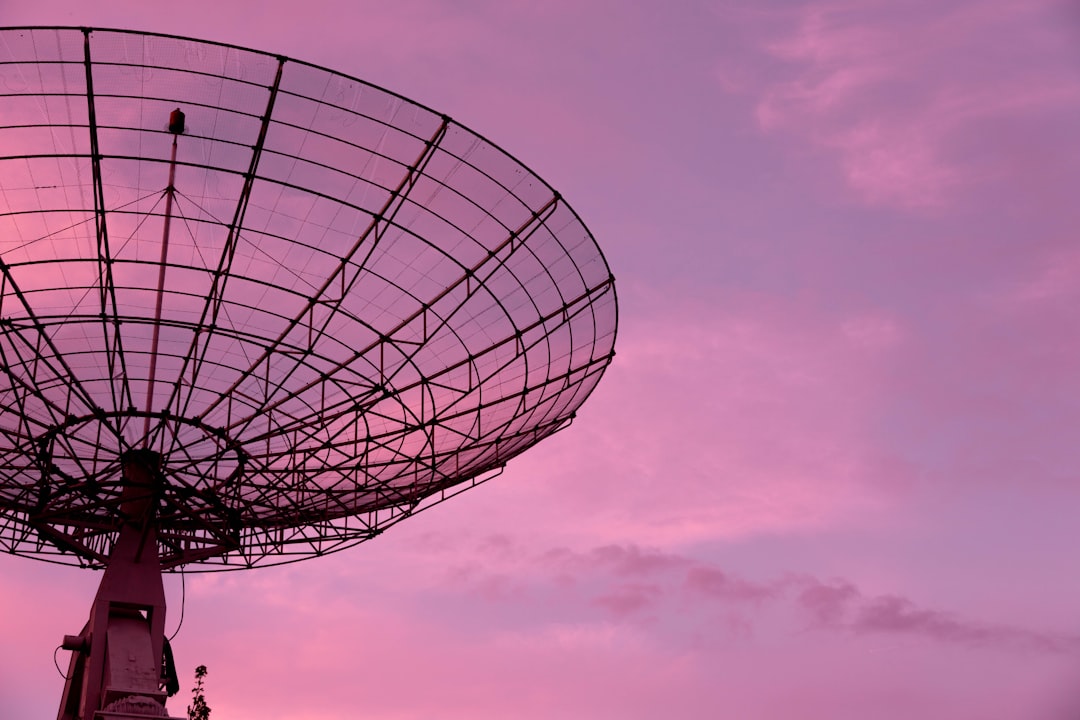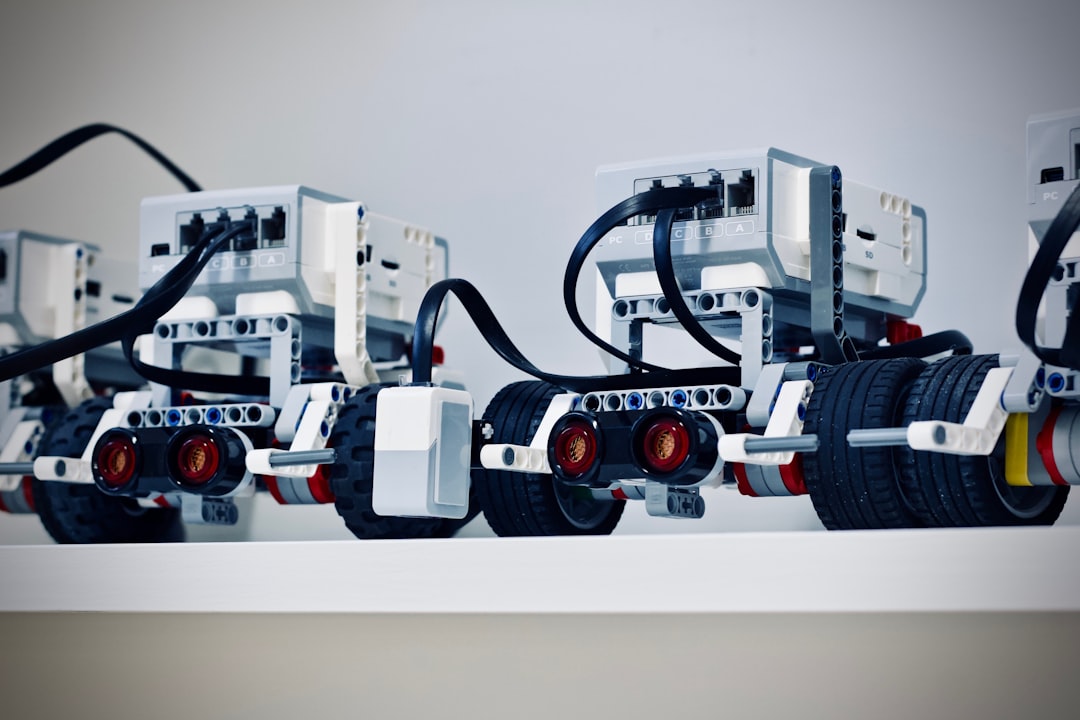What is it about?
The paper presents a novel image processing approach for motion analysis for post-stroke recovery assessment using Microsoft Kinect2. The know-how is in the proposed software algorithms that autonomously track markers on a subject's body. The method calculates angles between joints of interest and presents results using a user-friendly interface. Experiments confirm clinical accuracy of the system.
Featured Image
Why is it important?
The proposed system is portable and hence, it can be used at home and small clinics, especially now that self-management is becoming a priority as patients are discharged from hospitals as early as possible. The system requires a single camera for capturing motion unlike state of the art optical systems, and is therefore cheaper. The developed depth and infra-red image processing framework can be used for different depth-image motion analysis applications.
Perspectives
The paper presents an end-to-end system for post-stroke recovery assessment. It has been tested in the hospital setting with post-stroke survivors showing good practical potential. The proposed system, like VICON, can be used to support physiotherapists for patient rehabilitation after brain stroke or brain injury. It is also a useful tool for self-management by patients through its real-time visual feedback. The proposed system can also be used in sports coaching, including football, golf and tennis, and rehabilitation of athletes after an injury.
Dr Vladimir Stankovic
University of Strathclyde
Read the Original
This page is a summary of: A Depth Camera Motion Analysis Framework for Tele-rehabilitation: Motion Capture and Person-Centric Kinematics Analysis, IEEE Journal of Selected Topics in Signal Processing, August 2016, Institute of Electrical & Electronics Engineers (IEEE),
DOI: 10.1109/jstsp.2016.2559446.
You can read the full text:
Resources
Contributors
The following have contributed to this page










